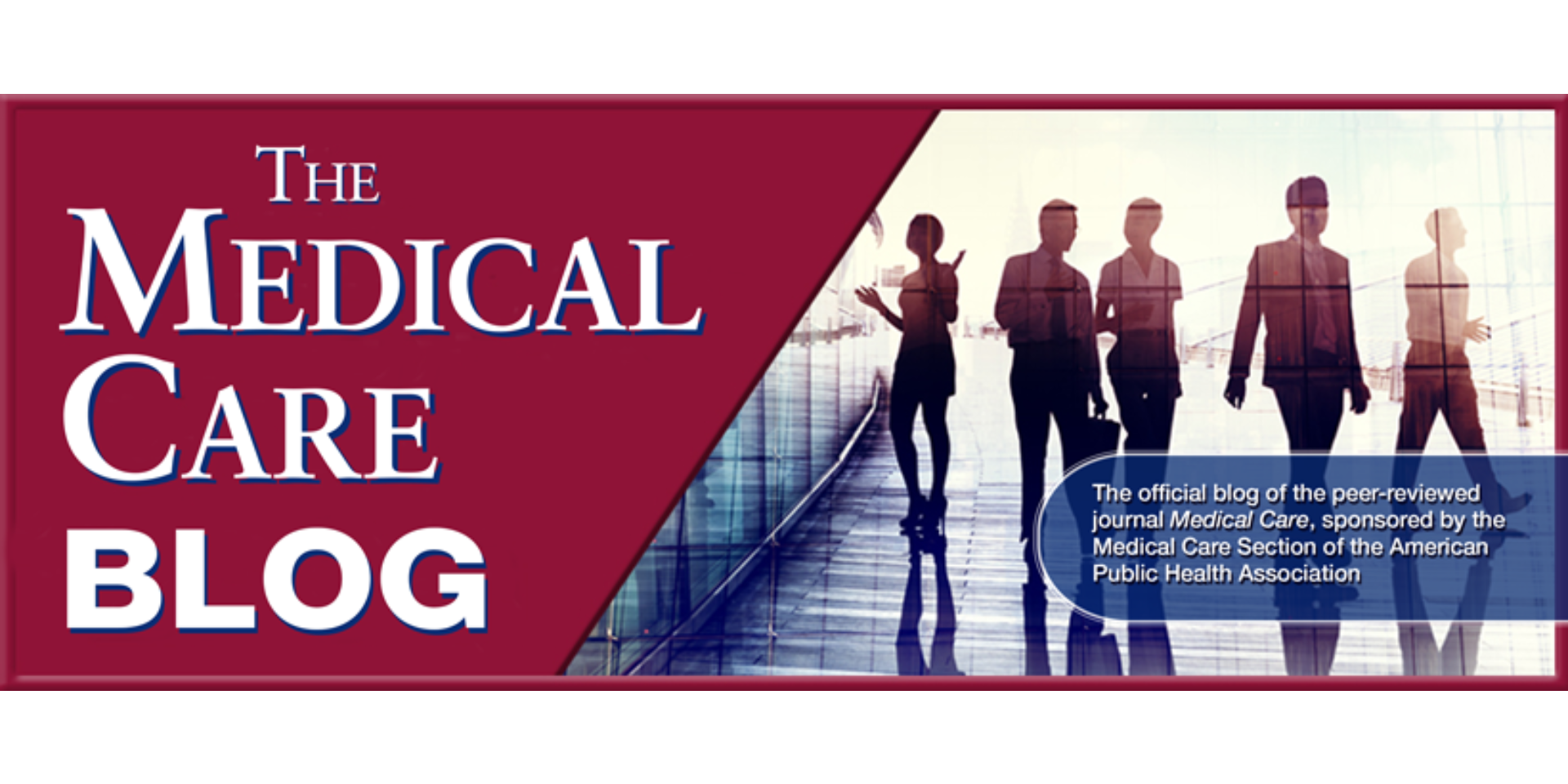The new landscape for community public health
We’re in a new landscape, where citizens sees themselves as agents for community public health and as part of the public health infrastructure. My patient began to talk about COVID in her community. She first told me the rates of infection from the previous weeks. Then she told me what COVID strains were dominant at… Read More »













































